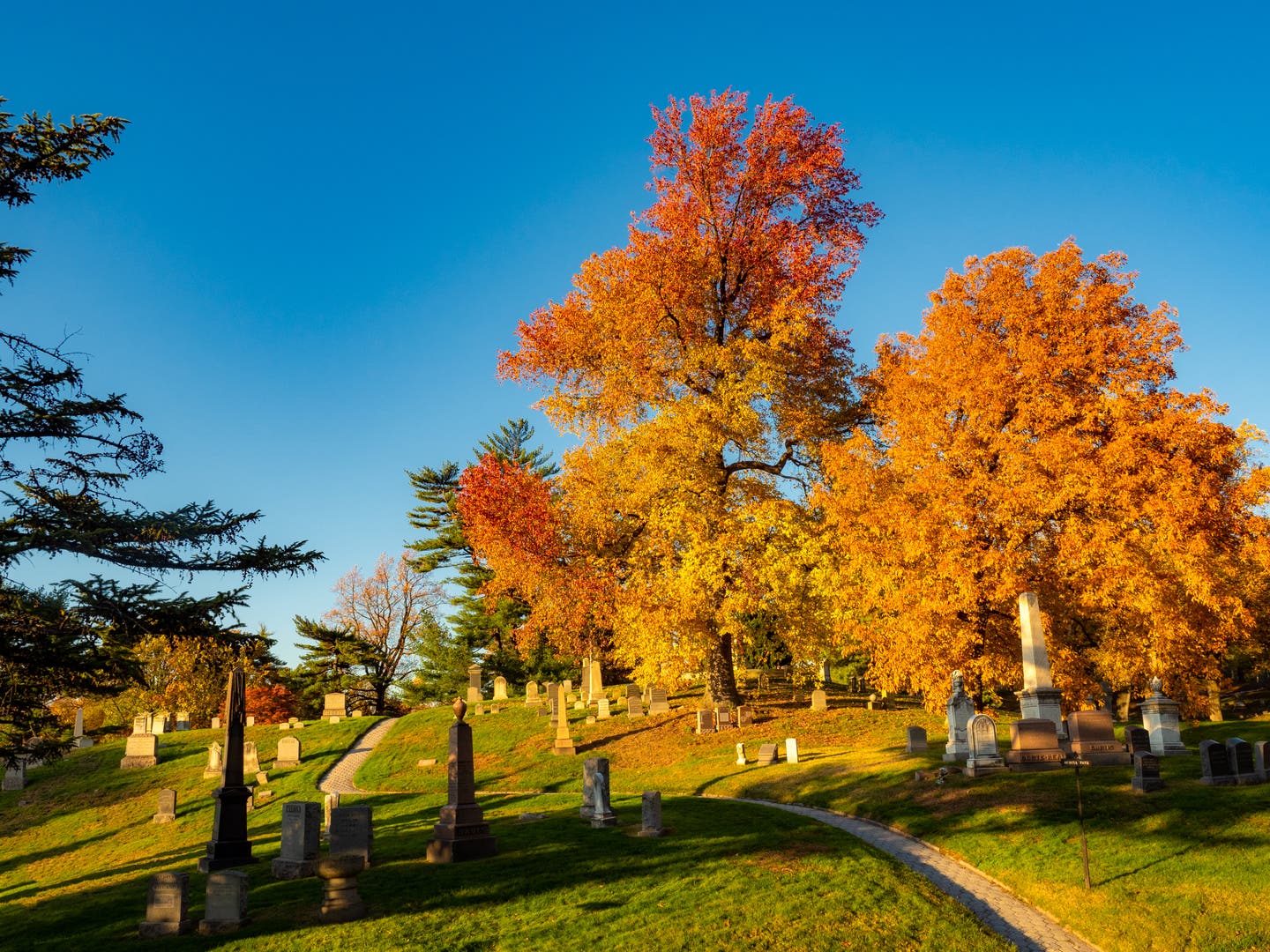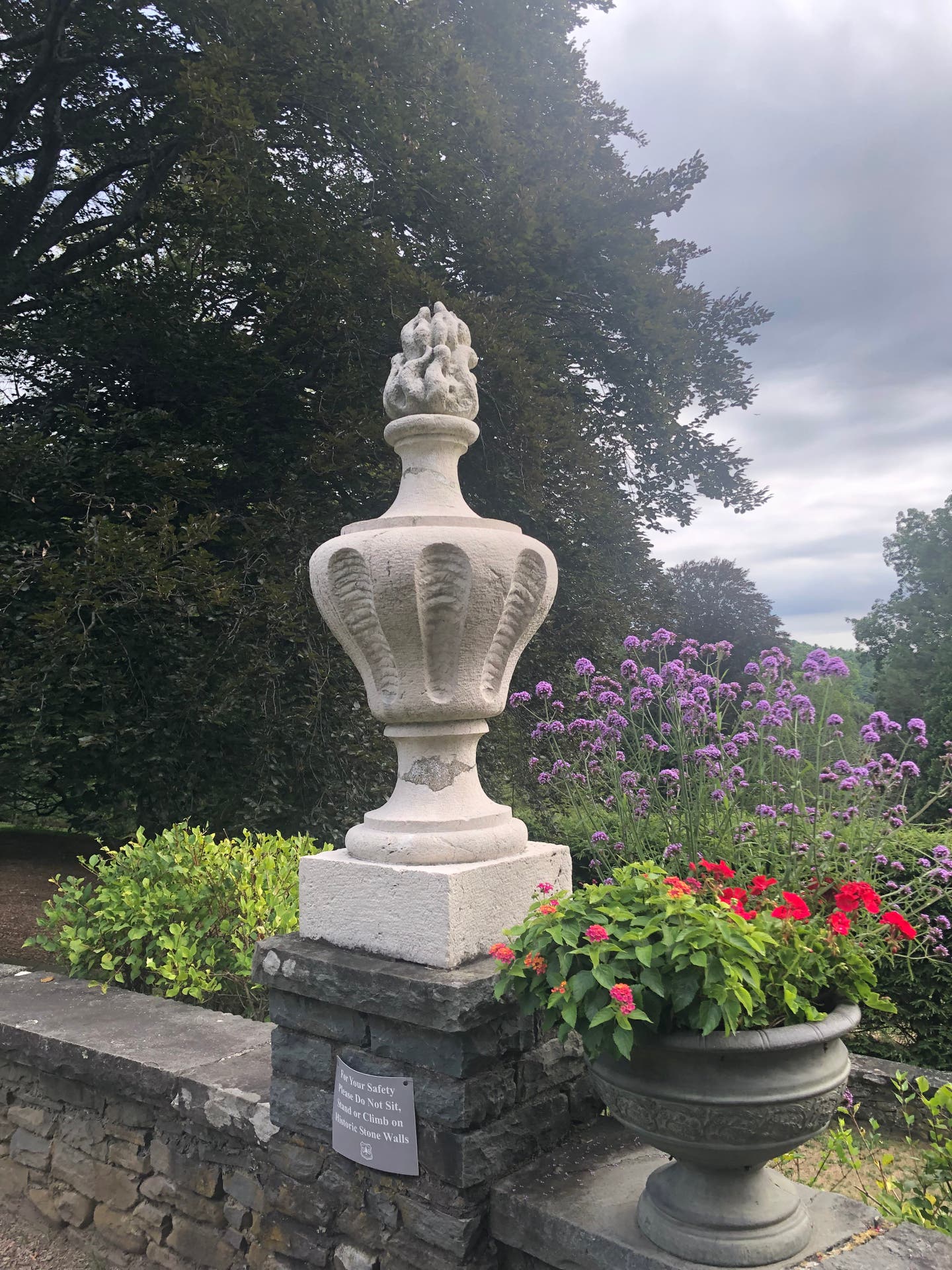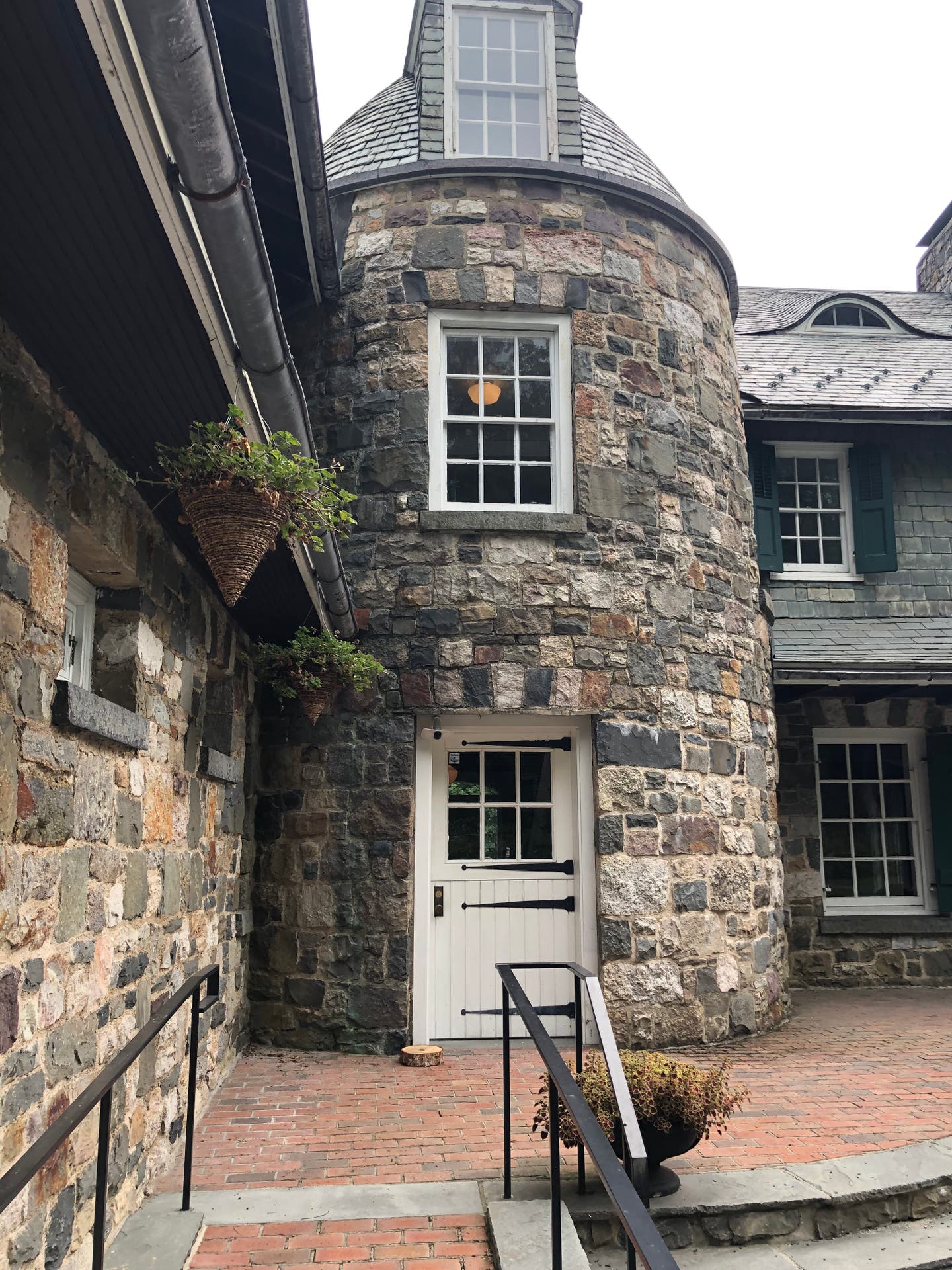
John Mahshie
It’s Sweater Weather
Throughout my entire life, I have heard just about everyone say that autumn is their favorite season. It’s sweater weather, after all! Just having endured one of the sweatiest, rainiest, least agreeable summers in a long time, I can attest to the fact that I am also ready to pull out my cardigans and put the polo shirts away until next year. Having grown up in snowy upstate New York, fall was a little less about the end of sweltering weather and more about presaging the incipient snowfall which could happen at any minute. My siblings and I spent more than one Halloween wearing coats under our costumes and hoping that by trick-or-treat time, we wouldn’t have to put on boots.
This year, we all spent the better part of it recovering from our post-Covid hangover of Zoom calls, trying to find clothes that fit that weren’t sweat pants or tights, and worrying about whether a new variant was going to appear. It was a year of catching up, going back to the office (for some), and trying to get back to regular routines that didn’t involve swabs or needles. Finally, the leaves have begun to change, it’s cooler, and there seems to be a little more time to breathe. I am enjoying this beautiful afternoon in my garden not thinking about whether or not I need to buy snow melt now, or whether or not it’s worth it to make one more call about a dishwasher that has been back-ordered for months.
Given the weather and the month, I’m naturally thinking about things spooky, devilish, and ghoulish…even though retailers are doing their best to make me think about holly, turkeys, red candles, and why I can’t manage to find holiday greetings that express my personality for less than the cost of dry cleaning our winter wardrobe. This year, we are celebrating the month of costumes, capes, creepies, and candies (“fun” size, of course) with a tour of the Congressional Cemetery. And why not? Some of the best architecture, monuments, statuary, and bits of poetry can be found in graveyards and cemeteries everywhere. I am particularly excited about this tour, not only because it is sponsored by our local ICAA chapter, but also because it is being conducted by someone who has an exceptional understanding of this particular spot of hallowed ground.
Not all final resting places require docents. One can enjoy a tour on one’s own, especially if one is fortunate to live in a place with an old cemetery with handsome old gravestones bearingepitaphs worn down by the passing of time. A solitary tour like this can be spent not only in the contemplation of the infinite, but in seeing how styles changed over the ages with regard to how we are remembered. Certain monument motifs came and went in fashion over time including weeping willows, hands pointing to the firmament, wreaths, crowns, religious imagery, and any number of cherubs, plump and slim alike. As we moved into the 20th century, many of these markers became sleeker, simpler, and devoid of the verse that frequently identified a person’s attributes in life.
Mausoleums since Halicarnassus have also become smaller, more reserved, and now, virtually non-existent. It seems there are few left who want to have an entire building devoted to their mortal remains, which is somewhat unfortunate. Superb examples of these small temples can be found rendered in all of the classical orders as well as some very personal and idiosyncratic stylistic choices. My favorite one of all time was an extremely powerful statement about how the family who rested therein saw itself in society. It occupies a prime piece of real estate in a very fine cemetery in the Midwest. Its architect was a very celebrated one. The building is an exquisite temple with generous proportions and some of the best masonry and metalwork anywhere. In fact, it is perhaps one of the most exquisite edifices in the state. There is only one thing missing from it - the name of the family occupying this eternal resting place. In the ultimate act of hubris, they intentionally left their name off of the front, where one might usually find a name, on the pretext that “everyone knew who they were.” It left me with the abiding impression that these folks definitely had ideas about the afterlife. Like the title of the eponymous 1964 film, “what a way to go.”


Now that I am ready for the season, having found my favorite argyle sweater that gives me the look of the late Duke of Windsor (on a good day), I’m ready to undertake our upcoming cemetery tour. I am also looking forward to walking around my own neighborhood, home to a wonderful and inspiringly eclectic mix of early 20th-century styles. My favorite walks are through the alleys where I am constantly amazed by how charming these service buildings can be, and how much attention was devoted to their design, even though they are only beheld by the recycling and trash contractors for the most part.
It’s sweater weather once again – time to go for a walk and experience the built environment.
John Mahshie has resided in the District of Columbia for more than 40 years and has had a life-long interest in architecture spanning Vitruvius through van der Rohe. He has worked on numerous renovation projects including his personal residence – a Spanish Colonial Revival built in 1926, published in Spaces magazine in 2006. His last renovation project was his winter residence in Miami Beach, Florida, where he is licensed with ONE Sotheby’s International Realty.
He has worked with esteemed architects and developers throughout the city and has sold four successful condominium projects totaling more than 100 units. A project he sold at 1401 Q Street, NW received a merit award from the American Institute of Architects, and the Washington Business Journal nominated his project for “Real Estate Deal of the Year.” He was the top individual producer at his firm for three consecutive years. As Senior Vice President, he works with the firm’s leadership and associates to increase their knowledge and understanding of American residential and commercial architecture. In 2008, he was appointed by Mayor Adrian Fenty to serve on the Board of Real Property Assessments and Appeals for the District of Columbia.
Prior to his affiliation with TTR Sotheby's International Realty from 1981 - 2002, John held positions at the Embassy of Malta and the U.S. Department of Housing and Urban Development. He served as Counsel in the Litigation Section at the Federal Deposit Insurance Corporation and was an Assistant United States Attorney in the District of Columbia. As an attorney, he has been an active member of the Virginia State Bar for the last 31 years.
John graduated from Georgetown University in 1981 with a B.S. from the School of Languages and Linguistics and studied at the American University in Cairo. He received his M.A. in Arab Studies from the School of Foreign Service at Georgetown University in 1983. In 1989, he received his J.D. from the College of Law and an M.P.A. from the Maxwell School of Citizenship and Public Affairs at Syracuse University.
He is a former board member and Chairman of the Education Committee of the Washington Mid Atlantic Chapter of the Institute of Classical Architecture and Art (ICAA). He has developed programs relating to important commercial projects for the Wharton Club, and his most recent program for the ICAA was The Legacy of the Roman Empire’s Building Traditions on the Development of Islamic Architecture in Spain, held at the Cosmos Club in 2018. In 2020, he joined the American Institute of Architects as an Associate Member.








